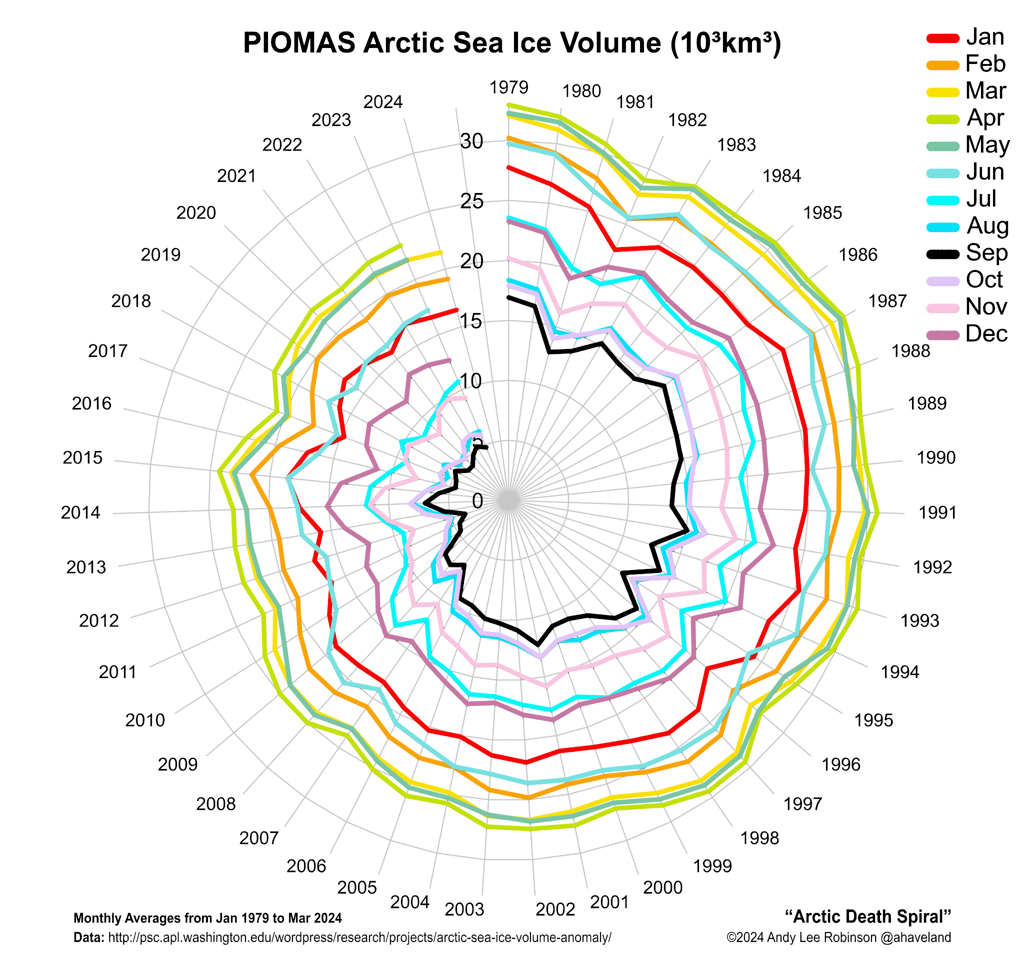Where does creativity fit into science? – Devising models
| This is one of ScienceOrNot’s Where does creativity fit into science? series. See them all here. |
All scientific activity is based on models. One of the most important creative tasks a scientist can embark on is the development of a powerful new explanatory model.
… creating a new theory is not like destroying an old barn and erecting a skyscraper in its place. It is rather like climbing a mountain, gaining new and wider views, discovering unexpected connections between our starting point and its rich environment. But the point from which we started out still exists and can be seen, although it appears smaller and forms a tiny part of our broad view gained by the mastery of the obstacles on our adventurous way up.
Where models come from
Scientists devise models to explain aspects of the real world. They come up with systems of ideas, concepts, relationships and mechanisms that fit what nature tells us, and that can make predictions which in turn can be tested against events in the natural world.
How devising good models requires creativity
Good scientific models are rarely obvious. It takes a lot of imagination and wrestling with the facts to devise them. Scientists try to think of analogies – systems that are understood well, and behave in some respects like the phenomenon being studied. Many developing models are abandoned along the way, and successful ones may be tinkered with until they fit. In the best cases, the result can be a superb explanatory model that makes accurate predictions, such as the Plate Tectonics model of the earth’s lithosphere.
Examples
- John Clement, in his monograph Creative Model Construction in Scientists and Students, described the processes used by James Clerk Maxwell in developing his electromagnetic models:
Although Maxwell’s final theory was expressed compactly in the form of equations, he developed his initial theories of electromagnetic induction using qualitative models of fields, starting from hydrodynamic and mechanical analogies. He developed the qualitative model incrementally in cycles of improvement rather than all at once. Furthermore, these cycles were not cycles of theorizing alternating with empirical tests. Rather, Maxwell appeared to be occupied with thought experiments through which he would then evaluate and refine his model. Maxwell’s theory was not constructed at the level of patterns in behaviour of electrical apparatus. Rather, he was at pains to explain already established patterns in terms of theoretical entities such as fields and their interactions. Rather than behaviour patterns induced from data, the models he proposed appeared to be abductive constructions that would explain behaviour if they were true. His initial aim appeared to be to develop a set of coherent qualitative visualizable models. And he spent significant amounts of effort to achieve them. These then paved the way for quantitative modeling.
- Well known astrophysicist Paul Davies has contributed to the development of many models in theoretical physics. Davies has recently turned his attention to cancer research, a field in which he is a complete novice. He and colleague Charley Lineweaver, also an astrophysicist, have proposed a model in which cancer is caused by a re-activation of ancient genes that were in control early in the evolution of cells. Davies’ interest in cancer was sparked by the US National Cancer Institute (NCI), which valued his input as an innovative and provocative thinker. In an article in Nature, M. Mitchell Waldrop describes how he operates:
Cancer gives Davies a new realm in which to exercise what many colleagues regard as his greatest talent: asking ‘dumb’ questions that provoke fresh ways of thinking about a problem. “Paul is wrong sometimes. But he is not afraid to ask a very naive question that gets at the heart of the matter,” says Robert Austin, a biophysicist who heads another of the 12 centres, at Princeton University in New Jersey. Davies’ questions have addressed topics ranging from metastasis (when tumour cells come apart and migrate, is it because of some physical change in their stickiness?) to subatomic physics (is cancer influenced by quantum effects inside biomolecules?). “I often joke that my main qualification for cancer research is that I am unencumbered by any prior knowledge of the subject,” Davies says.
- Frank Macfarlane Burnet, a microbiologist turned immunologist, developed the Clonal Selection model of immunology which explains how specific B-cells multiply in response to the presence of antigens in the body. Here’s an Australian Academy of Science description of the characteristics which made such innovative thinking possible:
Burnet had knowledge and intelligence in abundance. He was uncommonly broad in his interests and reading and had an excellent memory. But the great and rare qualities to which his knowledge and intelligence were harnessed were originality and creativity. Burnet had a remarkable intuitive grasp of certain fundamental biological concepts, especially Darwinian evolution. He had courage, optimism and the self-assurance and confidence in his own judgement that allowed him to address questions of fundamental importance in spite of his relative isolation in Australia. Indeed he thought that his isolation was an advantage, since it protected scientists from being too much influenced by fashions in scientific thinking. And he was a lateral thinker with an unparalleled capacity to link apparently unconnected observations. This led him to devote as much mental energy into interpreting the world literature as most people put to interpreting their own work. However, he did not have much interest in other people’s theories, except in so far as they helped him to remould his own.
The Einstein and Infeld quote is from The Evolution of Physics: The Growth of Ideas from the Early Concepts to Relativity and Quanta, p 152
The graphic “A NetLogo computer model predicts the spread of a forest fire.” is from Professor Uri Wilensky’s NetLogo Software Selected for National Science Olympiad.
The Model cycle graphic is from John Clement, Creative Model Construction in Scientists and Students: The Role of Imagery, Analogy, and Mental Simulation, p 84
John Clement’s quote is from Creative Model Construction in Scientists and Students: The Role of Imagery, Analogy, and Mental Simulation, p 6.
| This is one of ScienceOrNot’s Where does creativity fit into science? series. See them all here. |










